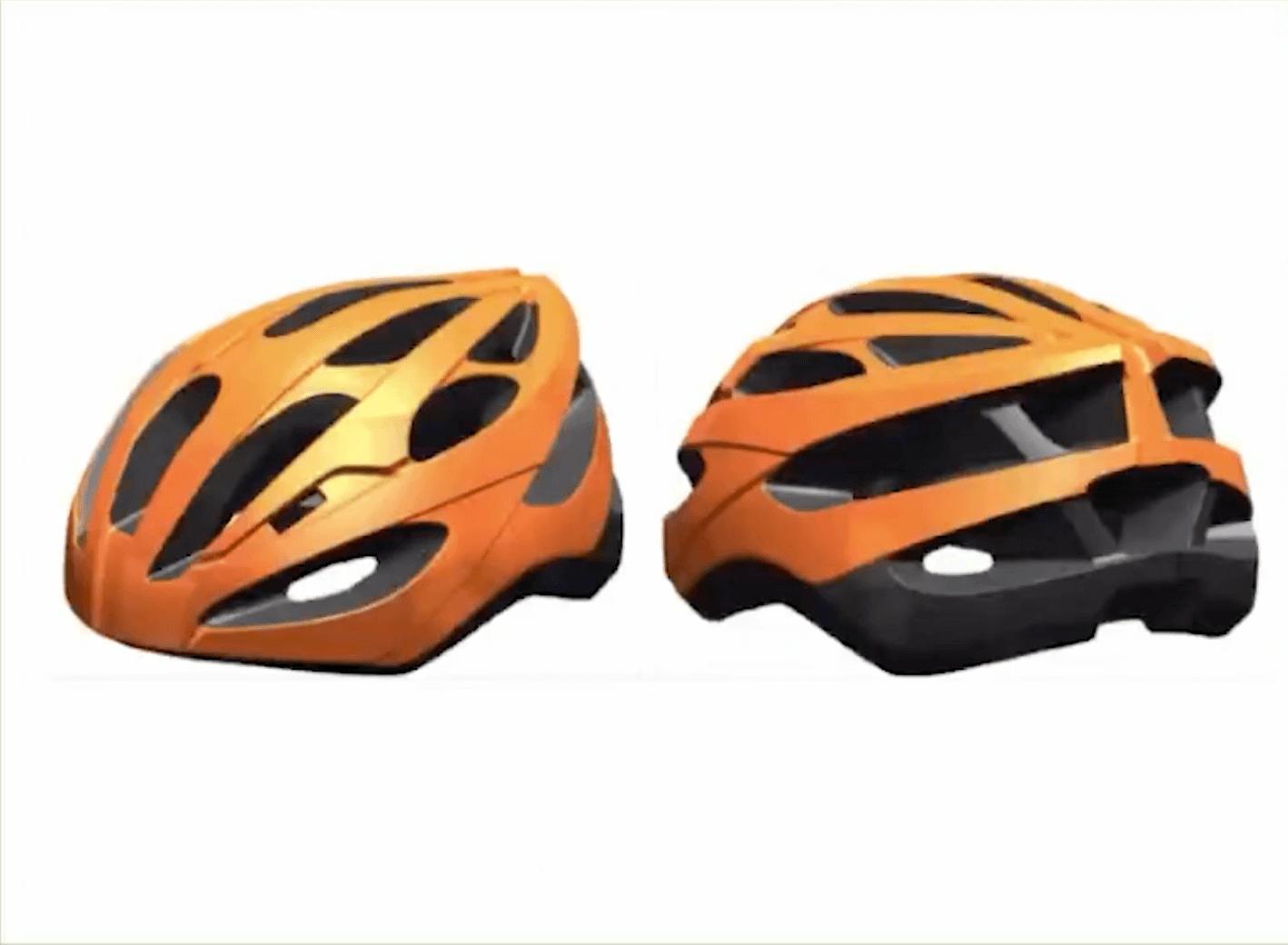
4:57
An idea has come to fruition and now you have to develop it using a CAD system. How do you get it to the finish line?
David Schofield, a Senior Mechanical Designer at Trek Bicycle, shared his product development philosophy with Onshape Live ’22 attendees to help CAD modelers get in the right mindset.
With 10 years of experience at Trek and more in the motorcycle industry, Schofield walked through the concepts that have helped him in his journey of advanced 3D CAD and surfacing.
“I put this together how I would have liked someone to talk to me 10 or 15 years ago when I started,” he said.
Without further ado, here are his tips for any CAD user.
David Schofield and Tim Fries discuss the CAD mindset.

Leveraging 3D CAD Modeling
CAD software didn’t always exist. In the before times, designers and engineers had different methods to get work done. Methods that can still be used today.
As we move forward with new technologies, it’s imperative to look at history in order to understand the foundation of good design, Schofield said.
At the baseline, CAD is a tool, just like the drafting board of the past.
Schofield advised designers to remember that CAD is merely a tool that needs to be operated by someone – so have fun with it. Before beginning a new project, he tries to recapture the awe he felt after first taking up 3D design in high school.
“The excitement of being able to rotate [a CAD model] around and see what looked like a real object … that passion and excitement has never gone away,” Schofield said.
Bicycle Designer's Career Advice
You’ll never find a guide that says, “Here's the best approach to make an awesome, efficient, robust, aesthetically pleasing and nearly perfect model,” because one size does not fit all, Schofield said.
“There's more than one way to approach a model and we should never limit it,” he said. “There are different approaches to the same result.”
With all of the options and features CAD systems offer, there is no perfect way to design, as there’s no easy way to get to the finished product.
And at some point, everything that was modeled had to be built from scratch – so don’t expect CAD to do everything, Schofield advised.
“There is no big, shiny magic easy button in CAD,” according to Schofield, no matter how many cool features a CAD system might have.
A design from Trek.

Perfect 3D CAD Modeling
Fact: The customer doesn’t care about which CAD system you use, Schofield said, so CAD models shouldn’t be “perfect.”
“Are we in the business of making a perfect 3D CAD model? Or is it really about delivering better and more innovative products or solutions?” Schofield asked. “I think it's pretty safe to say that the majority of us believe it is the latter and it's not making perfect 3D CAD models.”
Sometimes an engineer can get lost in the details in pursuit of perfection. Schofield recalled a time when he zoomed into a model to fix a minor detail, then realized the detail would be erased during the manufacturing process.
“That is wasted energy because that's going to get washed away in the process anyway,” he said, so it’s important to keep perspective on the parts that really matter to the end goal.
Visualizing 3D CAD Modeling
When beginning a new model, it’s easy to dive straight into designing in CAD. But sometimes that’s not the best approach, Schofield said. A better way is to find a visual reference for the design, be it a physical model, a picture or even just a sketch.
“It's so helpful to have a visual because then you're doing your 3D CAD and you have something to go back and constantly reference, which is really important,” he said.
With that picture in mind and as the design becomes more complex, Schofield likes to remind himself that the model is just “points, lines, curves and surfaces.”
“It was a way to keep it simple in my mind,” he said.
Bicycle Designers Should Avoid CADrama
For his final points, Schofield wanted to remind engineers to avoid drama and remain focused on the end goal. It’s better to resolve issues between colleagues, departments or anyone else in the workplace than to derail a project.
Even if it’s your design, your “baby,” he said, expect feedback you won’t agree with.
“If you can remove the emotion from it and focus on, ‘Hey, this is going to solve a lot of problems early on and this can help make up this awesome product,’” then you have the right attitude, Schofield said.
Resources to Get Better
As one of his last pieces of advice, Schofield discussed the CAD learning curve. It won’t be simple, but it’s all about practice and tapping into other resources.
For instance, Onshape has a ton of resources to help you get your model where you need it to be. Here’s a quick rundown of helpful links:
- Onshape Learning Center: Here you will find videos, courses, instructor-led training and more to help users understand the fundamentals of CAD and the best practice for more complex designs.
- Onshape Forum: Visit the Forum to connect with other Onshape users. The Onshape team also visits the Forum often to answer questions.
- Onshape User Groups: Meet other professionals during a User Group meeting to get perspectives on CAD and the CADding universe.
- Onshape Resource Center: Find a mix of eBooks, blogs, Tech Tips, webinars and infographics to help you learn more about Onshape and what it can do for your business.
For more on advanced surfacing, watch the rest of the session with Schofield. Onshape’s Tim Fries, Senior Manager of Enterprise Technical Services, shared some best practices when modeling, like using guides to add more control over your design.
Hop into the on-demand session to learn more about Tim’s tips.
Onshape Live '22 On-Demand
Catch up on the exciting sessions and keynotes from the second annual user conference.
Latest Content

- Case Study
- Consumer Products
BOA Technology: Redefining Outdoor Fit Equipment with Cloud-Native Onshape
11.03.2025 learn more
- Blog
- Aviation, Aerospace & Defense
- Branching & Merging
- Custom Features
- Learning Center
- Onshape Government
Why Aerospace & Defense Teams Choose Onshape for Product Development
12.18.2025 learn more
- Blog
- Evaluating Onshape
Cloud-Native CAD 2025 Wins: Revenue Growth, Real-Time Collaboration, Unified CAD-CAM
12.17.2025 learn more
- Blog
- Becoming an Expert
- Assemblies
- Simulation
Mastering Kinematics: A Deeper Dive into Onshape Assemblies, Mates, and Simulation
12.11.2025 learn more


